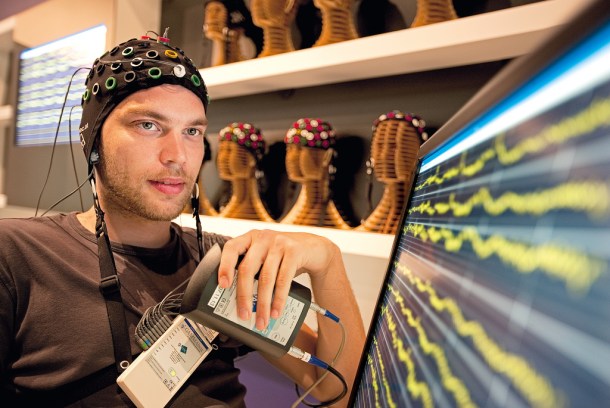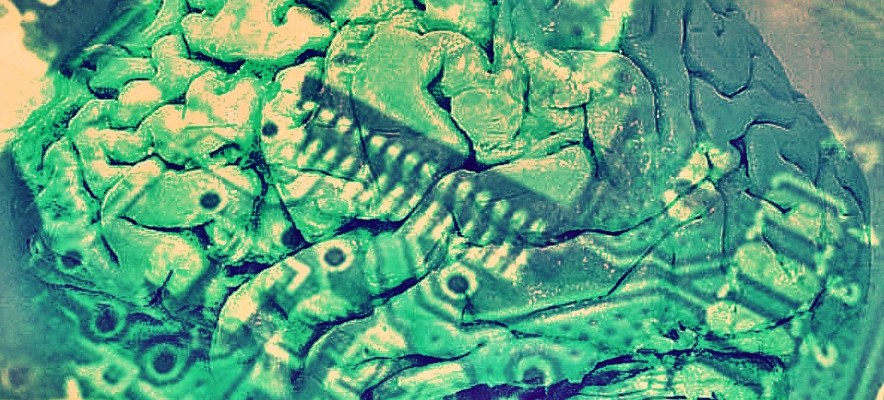Researchers in the US could partially restore movement in paralysed limbs using functional electrical stimulation of the brain by implanting a chip
Neurotechnology is the discipline that combines advances in microelectronics with applications to medicine. Any brain-computer interface is considered to fall within the scope of this interesting scientific and technological field. Naturally, the development of this type of device presents interesting results for health care.
One of the most recent spectacular demonstrations of neurotechnology is from researchers at the Massachusetts General Hospital and Brown University in the United States. Their work is aimed at studying the development of a sensor implanted in the brain to restore movement to a paralysed arm.
The news sounds like something out of science fiction. But nothing could be further from the truth. If we were already able to use brain-computer interfaces to generate movement in the limbs of animals, why not try it in serious cases of paralysis?

Stimulate the muscles of the arm thanks to an electronic device
This new project in the field of neurotechnology will involve a surgical operation on a patient who has lost movement from the neck down. The paralysis can be overcome thanks to a chip implanted in the brain, which would use a complex technique known as functional electrical stimulation.
The US initiative in some way is aimed at fitting the final piece of the jigsaw puzzle of neurotechnology: using a microelectronic device to stimulate paralysed parts of the body. The signals that are sent by the brain must allow the patient’s arm to move again. In other words, it takes it a step further: not only triggering muscular activation, but having that activation come directly from the patient’s brain.
The brain implant that will be used for this measures just 1.5 mm and will be implanted on the motor cortex, the region of the brain in charge of controlling our movements. This device will in turn monitor the electrical activity of dozens of neurons related to the patient’s attempts to move his paralysed arm.
So far, initial results have shown that the chip can control virtual arms represented on a display. Now comes the most complex part: moving the tests from the virtual silicon world to a live demonstration. The initiative, called BrainGate2, could mark a real turning point in the history of neurotechnology.
Images | ARS Electronica (Flickr)









